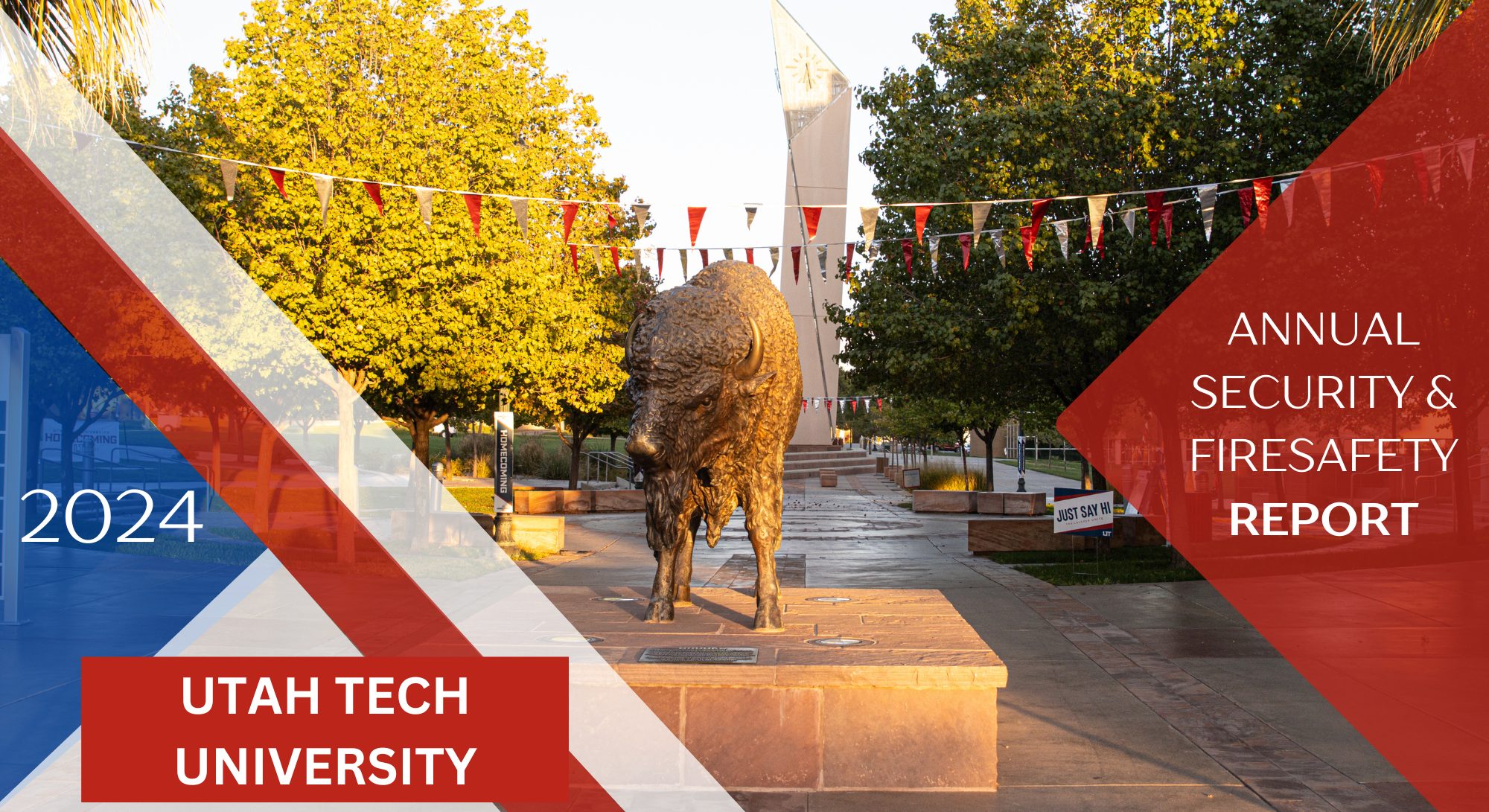The Annual Security and Fire Safety Report has been released, including information on fires, crimes on campus, instructional policies and information on resources regarding these issues. This report can be found on the Clery Act page.
“This document allows students in the community to get an understanding of how we are addressing safety on our campus in many different ways,” Tasha Toy, assistant vice president and chief compliance officer, said. “It is important because it gives us an opportunity to take a snapshot and do some analysis of what we have done and what we need to do in the future.”
The report puts information about campus crime and security concerns out publicly. It is required as part of the Clery Act, providing awareness for students and the community, so they know what issues are on campus and what’s being done to combat these issues.
The data from the report shows incidences over the last three years. The statistics in the report show that the primary issue on our campus is alcohol and drug offenses.
Also on our campus there have been a couple reported incidences of rape and fondling totaling to between 10 and 15 of each. Burglary has 16 reported offenses. There have been no reported incidences of murder, arson or incest. Several other crimes are covered in the report that are not listed here. There was only one fire incident reported in residential areas, but it was minor with little damage.
“I think it’s really important for transparency from the university to its students, faculty and staff and to the community,” Hailey Henstrom, rape and sexual assault education advocate for DOVE Center, said.
The ASFSR allows campus departments to strategize how to make school safer for students. The trends shown in this report affect where funds are allocated, which areas need support and which are successful.
Utah Tech University police officers use the information from the report to ensure that the goals mentioned are obtained. Goals and strategies mentioned include fast response to emergency situations and reported incidences. In emergency situations, the priority is containing the situation and then issuing an emergency notification.
Several tests are performed through the year to make sure these alerts work as they are supposed to. There are several other policies and strategies listed in the report. There are also fire safety methods mentioned, including checks on the monitoring system and fire safety trainings for resident assistants.
The Utah Tech police do not fulfill needs expressed in the report by themselves. There is a network of people concerned with community and campus safety.
Members from the student affairs staff said the information found in the report promotes collaboration, as organizations on and off campus work to enhance safety for everyone on campus.
The DOVE Center is one of the off campus resources that is involved with safety for students. It provides resources for sexual and domestic assault victims. About 13% of students will experience sexual assault while they are enrolled. One in three women will experience domestic violence as well as one in four men. Even with these numbers, sexual assault and domestic assault are largely unreported crimes.
“The statistics, while they are very valuable, also need to be looked at with the lens of these crimes [sexual assault and domestic violence] are super underreported,” Henstrom said. “Just because the numbers are low, doesn’t mean we should assume it’s not an issue for our community.”
This report allows students and faculty to be aware of certain trends, but it may not be completely accurate because of unreported crimes. It involves all reported instances. This means that while the report is a valuable resource for campus security, it cannot be interpreted as entirely fact. However, the report, despite its limitations, helps campus officials decide how to keep students safe.
Student affairs staff said students can have a more enhanced college experience through knowing and understanding current crime trends on campus, along with campus police monitoring education and security to prevent safety issues.



